The Kimono as a Family Heirloom: Meaning and Generational Transmission in Kyoto
Author’s note: Kyoto, the cultural heart of Japan, preserves traditions that have survived centuries. Among them, the kimono stands as one of the most cherished symbols of Japanese heritage—especially when it is passed down through generations.
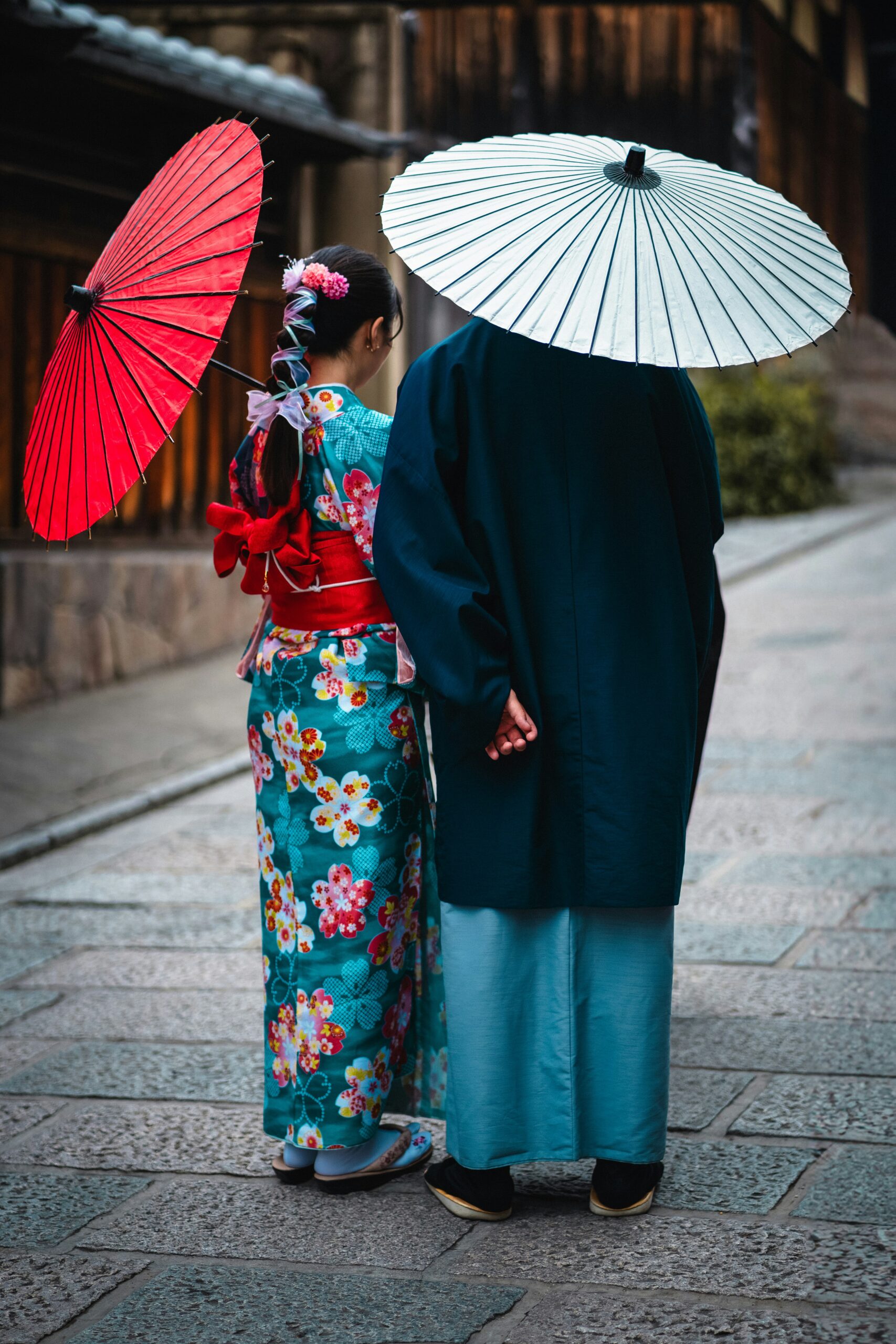
- Introduction: More Than a Piece of Clothing
- 1. Kyoto: The Living Museum of Japanese Tradition
- 2. The Kimono as a Symbol of Identity
- 3. Generational Transmission: A Cultural Legacy
- 4. The Craftsmanship Behind a Kyoto Kimono
- 5. Wearing the Family Kimono in Kyoto Today
- 6. Preserving and Restoring Heirloom Kimonos
- 7. A Modern Connection: Capturing the Legacy Through Photography
- 8. Why the Kimono Heirloom Tradition Matters Today
- 9. Experiencing the Tradition as a Visitor
- Conclusion
Introduction: More Than a Piece of Clothing
When visitors think of Kyoto, they often imagine temples bathed in golden light, the peaceful sound of bamboo swaying in Arashiyama, and the delicate sight of women strolling through Gion in vibrant kimonos. Yet, for many Kyoto families, the kimono is not just a garment—it is a family heirloom, a vessel carrying stories, memories, and the spirit of generations past.
In this article, we will explore:
- The historical and cultural importance of the kimono in Kyoto.
- The symbolism behind passing down kimonos through family lines.
- How modern Kyoto families preserve this tradition.
- Why wearing a family kimono in Kyoto is an unforgettable experience—and how you can capture it forever.
1. Kyoto: The Living Museum of Japanese Tradition
Unlike Tokyo, which thrives on modernity and speed, Kyoto has been the cultural soul of Japan for over 1,200 years. As the former imperial capital, it became the birthplace and guardian of many traditions, including the art of kimono-making.
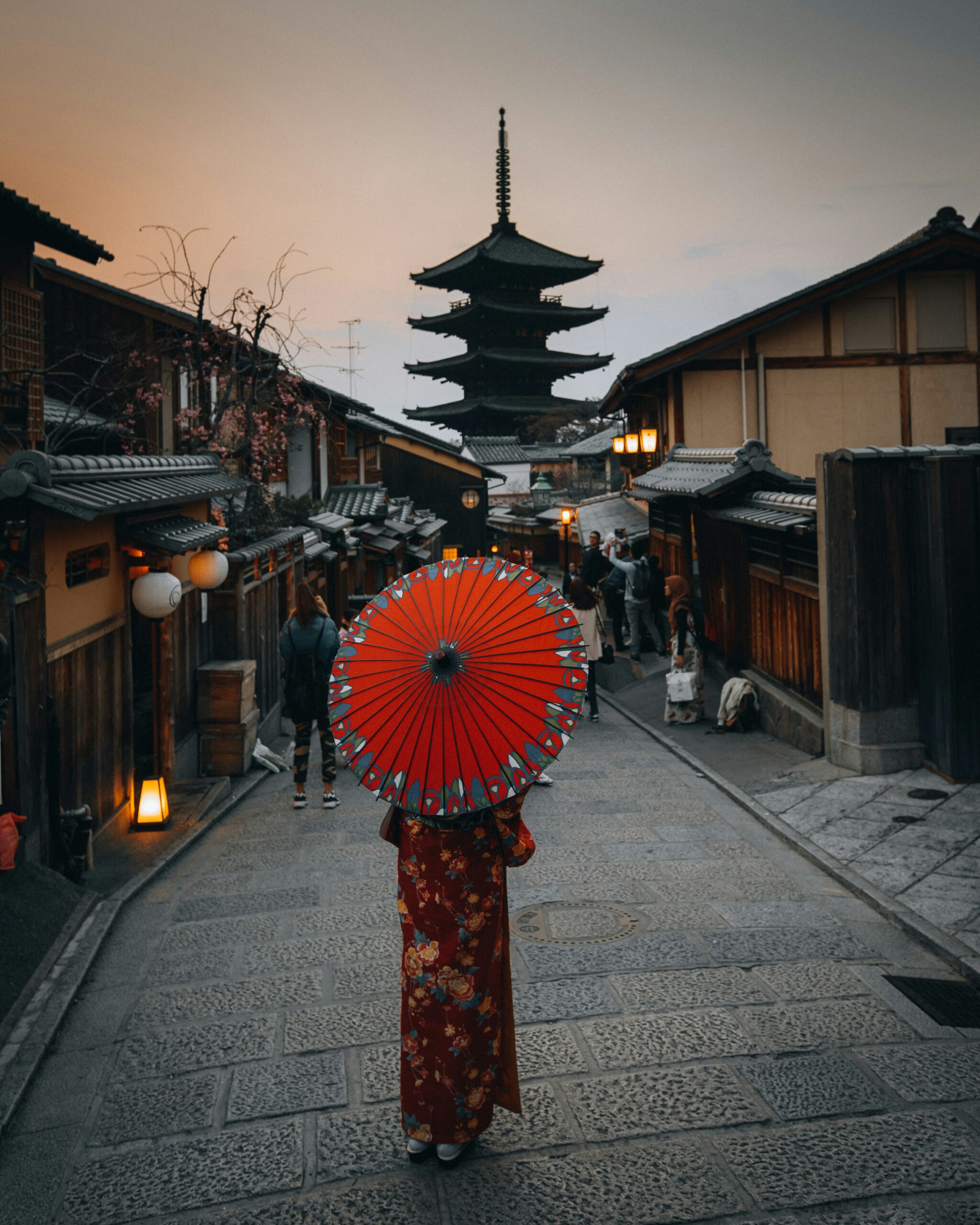
Kyoto is home to:
- Nishijin textile district, where intricate silk fabrics are still woven using techniques developed in the Heian period.
- Traditional dyeing workshops that produce the vivid patterns and colors unique to Kyoto.
- Generational kimono ateliers where artisans dedicate decades to perfecting their craft.
The city’s slower pace and deep respect for heritage make it the perfect environment for the survival of the kimono as a family treasure.
2. The Kimono as a Symbol of Identity
A kimono is more than fabric—it is a story in textile form. Every stitch, pattern, and choice of color reflects the era it was made, the wearer’s social status, and even the season in which it is worn.
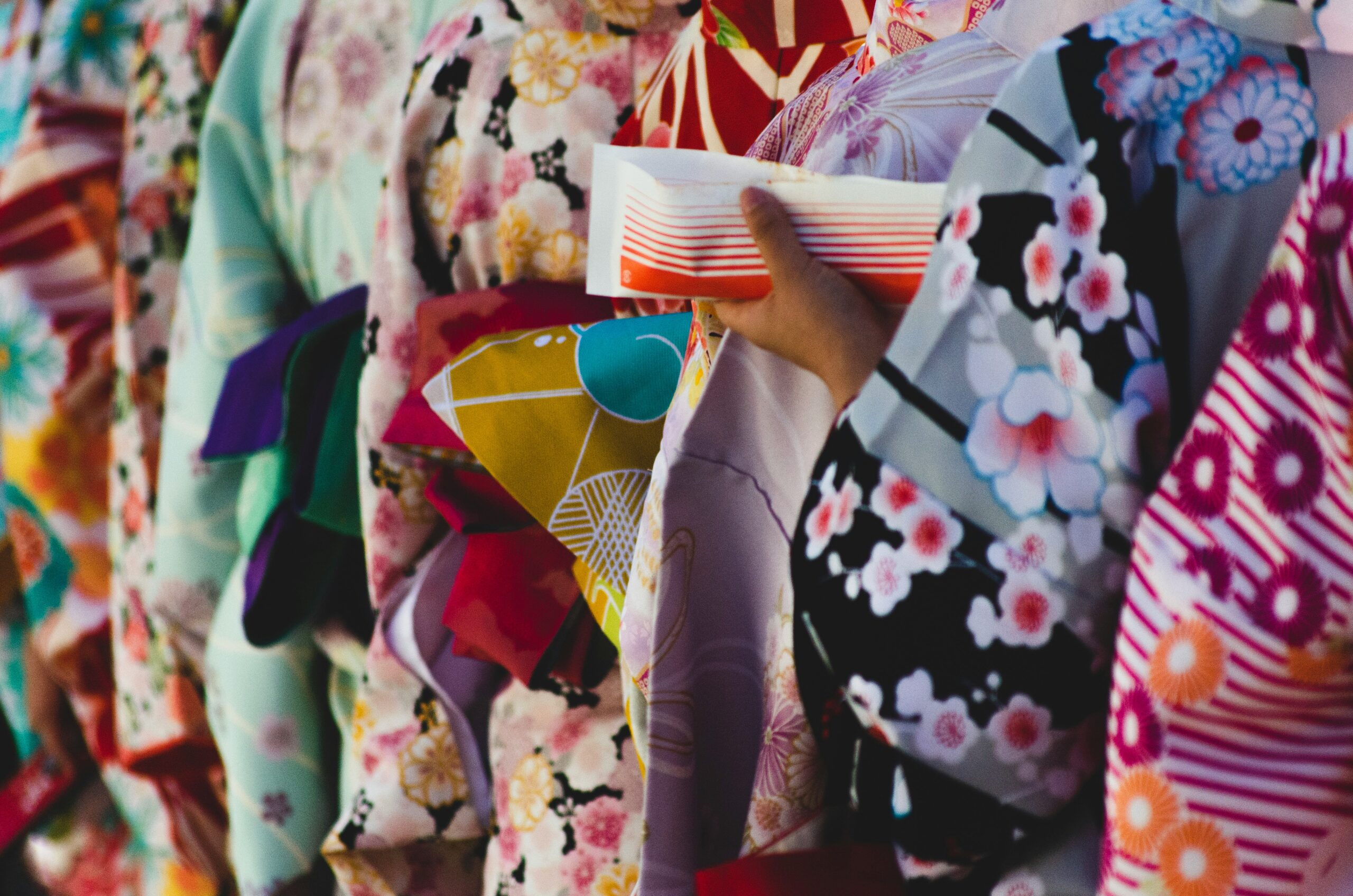
In Kyoto:
- Families often have kimonos crafted for special life events such as weddings, coming-of-age ceremonies (Seijin Shiki), and tea ceremony initiations.
- These garments are stored carefully in cedar chests, wrapped in protective paper to prevent damage.
- Passing down a kimono is seen as passing down a part of one’s identity—the artistry, the memories, and the values of the family.
3. Generational Transmission: A Cultural Legacy
In many Kyoto households, a kimono can be over 100 years old, having been worn by grandmothers, mothers, and now daughters.
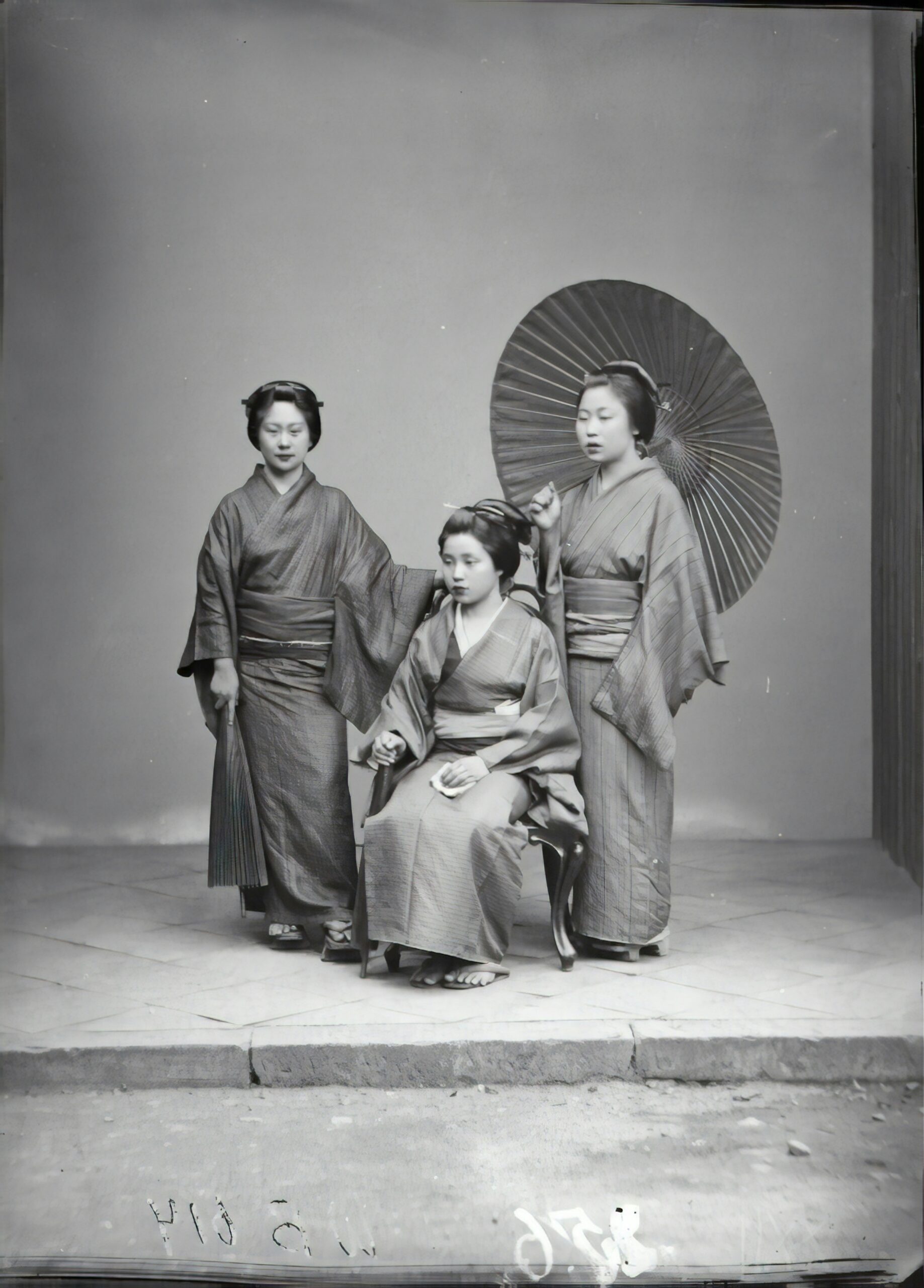
3.1. Rituals of Inheritance
When a kimono is passed to the next generation, it often happens during:
- Marriage, symbolizing the family’s blessing and continuity.
- Coming-of-age ceremonies, marking the transition to adulthood.
- First tea ceremony attire, showing respect for tradition.
3.2. The Emotional Value
Receiving a kimono is not just receiving clothing—it’s accepting responsibility to care for and honor the family’s history.
4. The Craftsmanship Behind a Kyoto Kimono
Kyoto kimonos are recognized for their exceptional quality, often involving:
- Nishijin weaving: intricate, shimmering patterns woven on traditional looms.
- Kyo-Yuzen dyeing: a hand-painting method that creates breathtaking floral and seasonal motifs.
- Custom tailoring: each kimono is made to perfectly fit the intended wearer.
This craftsmanship explains why many family kimonos remain in excellent condition even after decades.
5. Wearing the Family Kimono in Kyoto Today
While modern life has reduced everyday kimono wearing, Kyoto families still bring them out for:
- Weddings at shrines like Yasaka Jinja.
- Family portraits in historical districts like Gion or Higashiyama.
- Seasonal festivals such as Gion Matsuri.
- Tea ceremonies in traditional machiya townhouses.
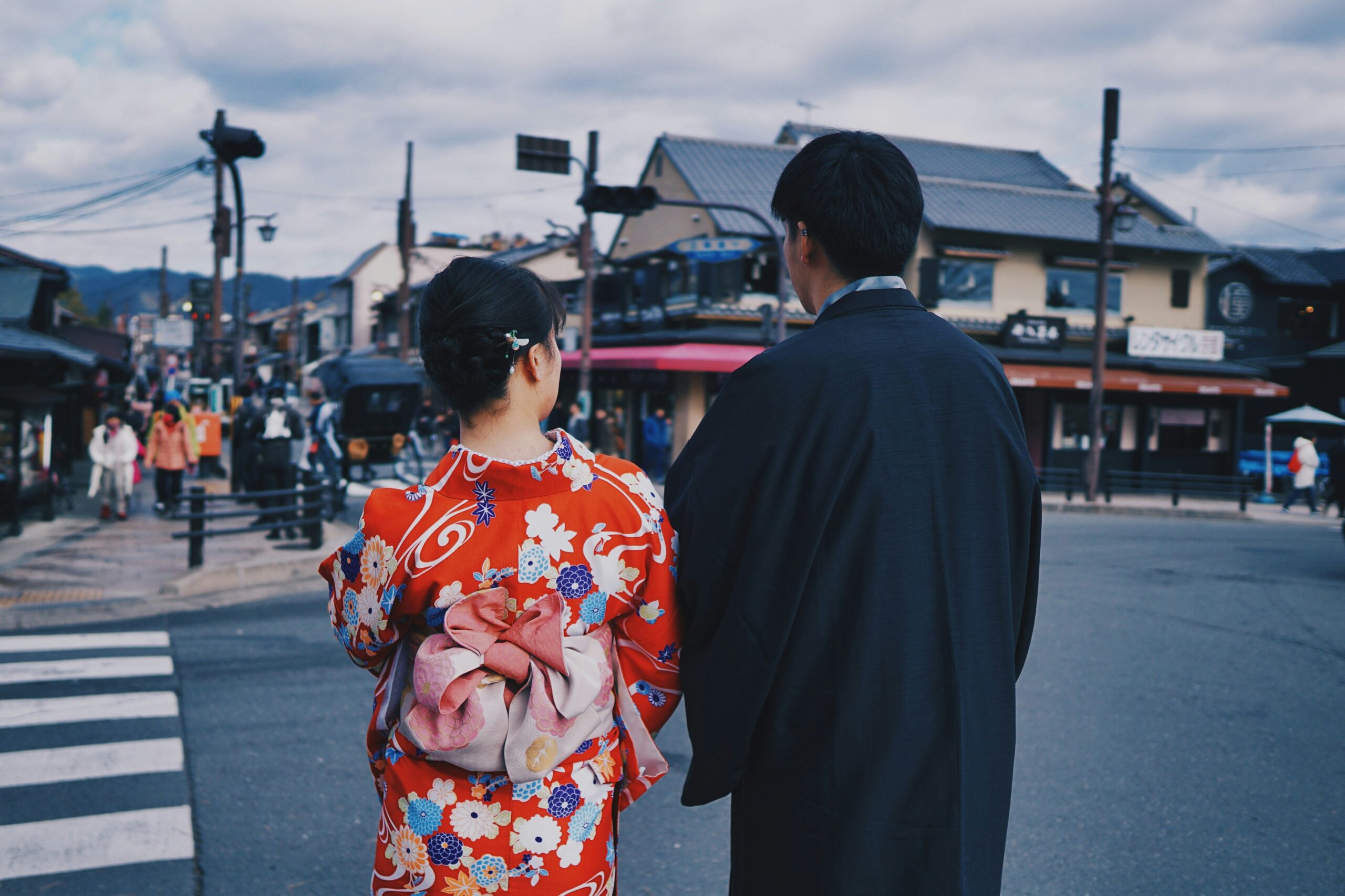
6. Preserving and Restoring Heirloom Kimonos
If a kimono shows signs of wear, Kyoto offers specialist restoration services that can:
- Replace worn linings.
- Restore faded colors using natural dyes.
- Repair delicate embroidery.
These services help ensure that the kimono will survive for future generations.
7. A Modern Connection: Capturing the Legacy Through Photography
Wearing a family kimono in Kyoto is a once-in-a-lifetime moment—and it deserves to be remembered.
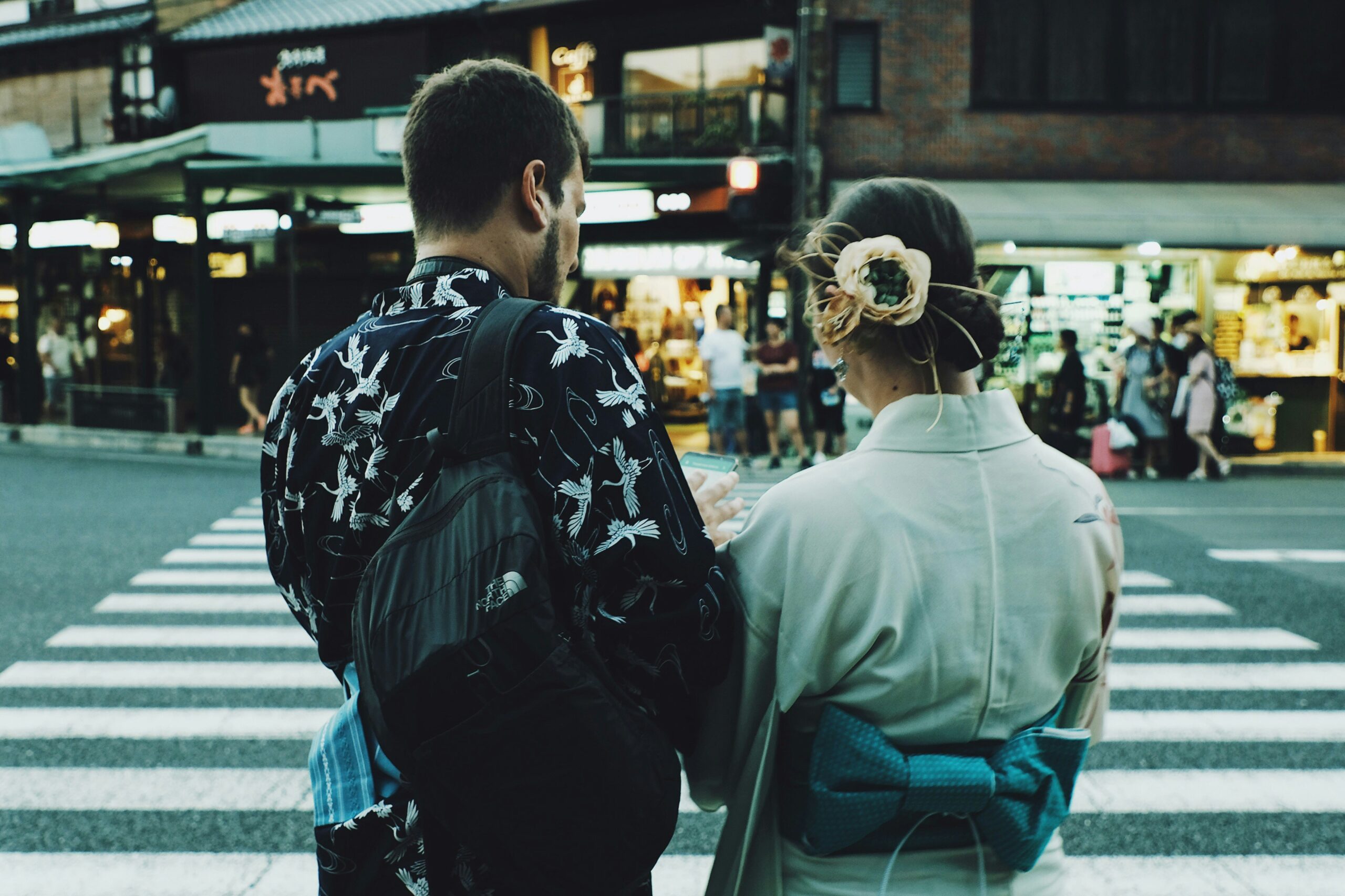
At AllPhoto Kyoto, you can book a professional kimono photoshoot in iconic Kyoto locations such as:
- The vermilion gates of Fushimi Inari.
- The traditional streets of Gion.
- The serene gardens of Kiyomizudera.
Professional photographers not only capture the beauty of the garment but also the emotional connection between you and your family’s history.
8. Why the Kimono Heirloom Tradition Matters Today
In an age of fast fashion and disposable clothing, the kimono stands as a reminder of:
- Sustainability: a single garment lasting generations.
- Craftsmanship: the value of handmade artistry.
- Family ties: a tangible link to ancestors.
By continuing to pass down kimonos, Kyoto families preserve a piece of Japanese culture for the future.
9. Experiencing the Tradition as a Visitor
Even if you do not have a family kimono, you can experience its beauty by:
- Renting a kimono made by Kyoto artisans.
- Visiting textile museums and workshops.
- Participating in tea ceremonies or seasonal festivals.
And of course, you can immortalize the experience with a professional photo session at AllPhoto Kyoto.
Conclusion
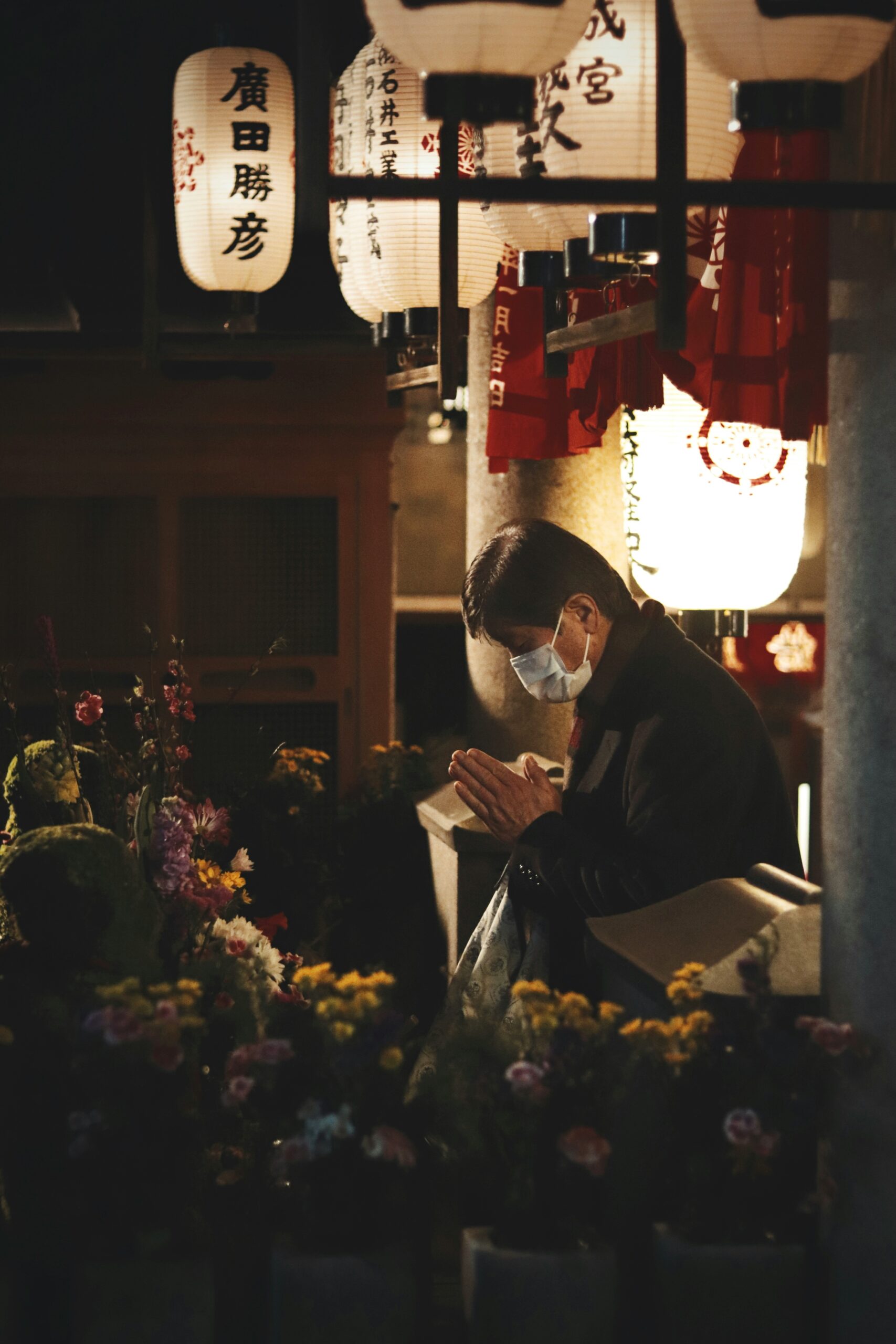
The kimono as a family heirloom in Kyoto is more than tradition—it is an act of love, respect, and cultural preservation. Whether worn by a descendant in a sacred ceremony or captured forever in a stunning photograph, each kimono carries with it centuries of artistry and the soul of the family who cherishes it.
If you visit Kyoto, take the time to appreciate this living tradition. And if you are lucky enough to wear a kimono—whether your own or rented—remember that you are not just wearing clothing. You are wearing history.


コメント